In this video the instructor shows how to solve quadratic equations by factoring. You can solve a quadratic equation by factoring them. To do this first write the equation in the standard from which is a*x*x + b*x + c = 0. Now factor the equation into two smaller equations of single degree. Now you can apply the zero-factor property to solve the equation in this from. The zero-factor property states that for a real values a and b, if a multiplied by b is equal to zero then value of a must be zero or value of b must be zero or both a and b must be equal to zero. So when you factor the given quadratic equations into two single degree equations, equate them to zero to obtain the value of the x. This video shows how to solve quadratic equations by factoring them.
Just updated your iPhone? You'll find new emoji, enhanced security, podcast transcripts, Apple Cash virtual numbers, and other useful features. There are even new additions hidden within Safari. Find out what's new and changed on your iPhone with the iOS 17.4 update.



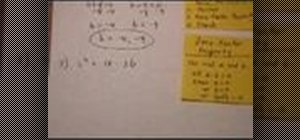

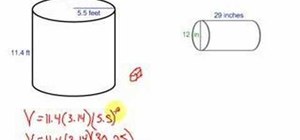
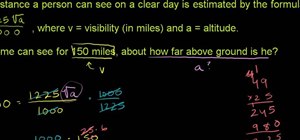
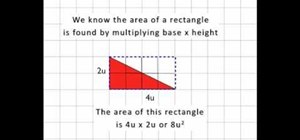
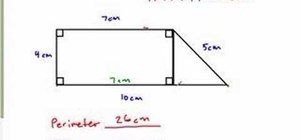


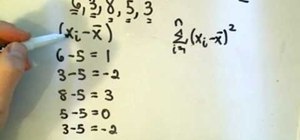
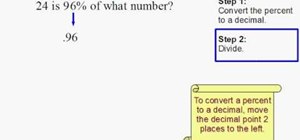

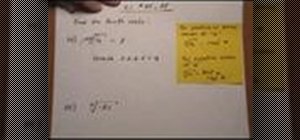
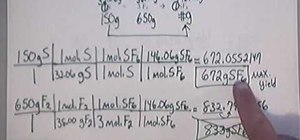
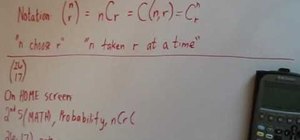
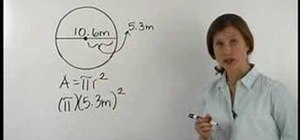


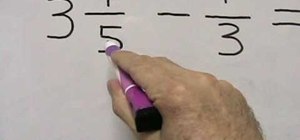
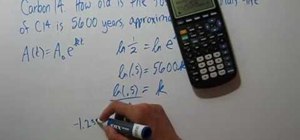
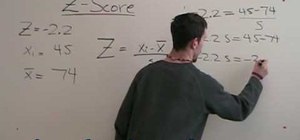

2 Comments
The factoring AC Method has been the most popular one in solving quadratic equations in standard form ax^2 + bx + c = 0 that can be factored. However this method can be considerably improved if we apply the Rule of Signs for Real Roots of a quadratic equation into its solving process. The "new and improved Factoring AC Method" (Yahoo or Google Search} presents 3 advantages:
There is a new method, the new Transforming Method, recently introduced, that may be faster than the existing factoring AC Method. It immediately obtains the 2 real roots without factoring by grouping and solving the binomials. It proceeds through 3 steps.
STEP 1. Transform the given equation in standard for ax^2 + bx + c = 0 (1) into the simplified one: x^2 + bx + ac = 0 (2), with a =1 and with C = ac.
STEP 2. Solve the transformed equation (2) by the Diagonal Sum Method that immediately obtains the 2 real roots y1 and y2 of the transformed equation (2). Solving results in finding 2 numbers knowing the sum (-b) and the product ac.
STEP 3. Back to the original equation (1), the 2 real roots are: x1 = y1/a and x2 = y2/a.
Example. Solve: 24x^2 + 59x + 36 = 0 (1)
Step 1. Transformed equation: x^2 + 59x + 864 = 0 (2)
Step 2. Both roots are negative (Rule of Signs). Compose factor pairs of ac = 864 with all negative numbers. To save time. start composing from the middle of the factor chain. Proceeding: (-18, -48)(-24, -36)(-27, -32). This last sum is -27 - 32 = -59 = -b. Then, the 2 real roots of (2) are: y1 = -27 and y2 = -32.
Step 3. back to the original equation (1), the 2 real roots are: x1 = y1/24 = -27/24 = -9/8, and x2 = y2/24 = -32/24 = -4/3.
Share Your Thoughts